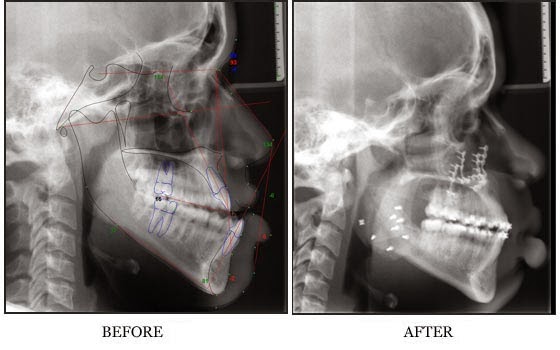The American Association of Oral and Maxillofacial Surgeons (AAOMS) is a non-profit professional association serving the specialty of oral and maxillofacial surgery, the surgical arm of dentistry. Its headquarters are in Rosemont, Illinois.
Founded in 1918, AAOMS currently has an affiliation base of more than 9,000 fellows, members and residents in the United States, as well as 250 affiliate members from nations around the world. More than 90 percent of oral and maxillofacial surgeons in the United States belong to AAOMS. In addition to its membership, AAOMS has state component societies in each of the 50 states, the District of Columbia and the Commonwealth of Puerto Rico, and eight regional component societies.
AAOMS publishes the Journal of Oral and Maxillofacial Surgery and conducts the Daniel M. Laskin Award for an Outstanding Predoctoral Educator.
The American Association of Oral and Maxillofacial Surgeons (AAOMS) represents more than 9,000 oral and maxillofacial surgeons in the United States, supporting specialized education, research and advocacy. AAOMS fellows and members comply with rigorous continuing education requirements and submit to periodic office anesthesia evaluations to ensure that office procedures and personnel meet stringent national standards.
http://myoms.org/
Through the AAOMS Website you will be able to find information such as what they do, who they are, what treatments they offer, informative videos, news in the Oral and Maxillofacial world and even find a surgeon in your area.







